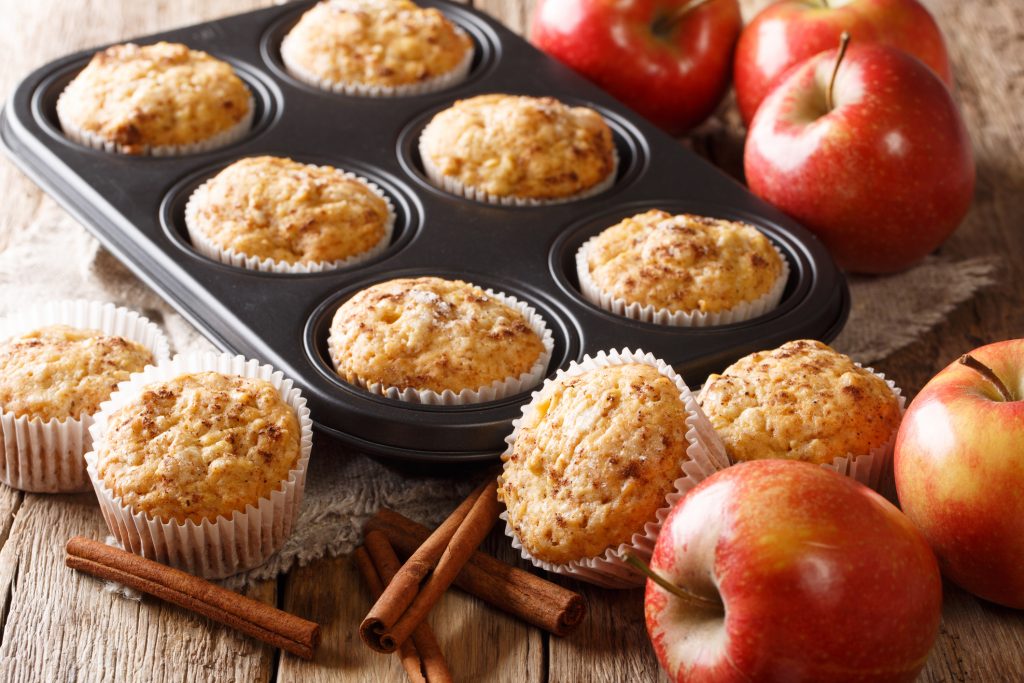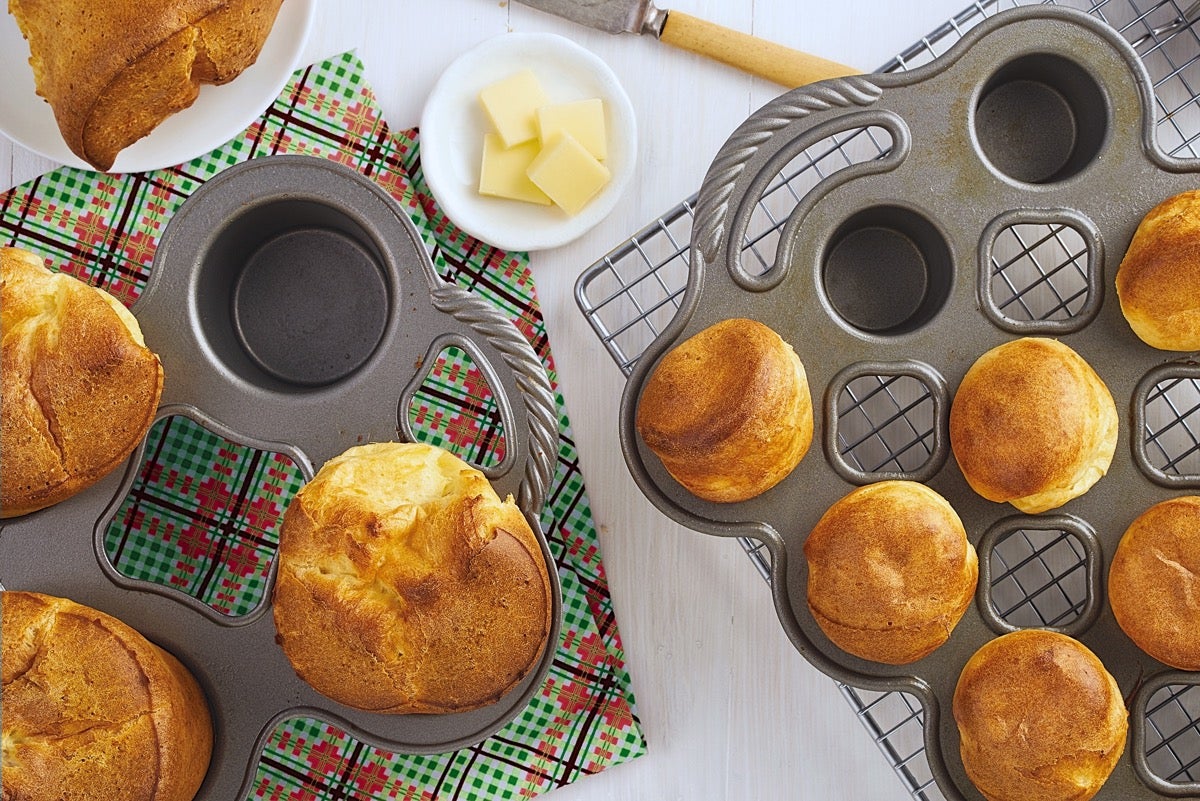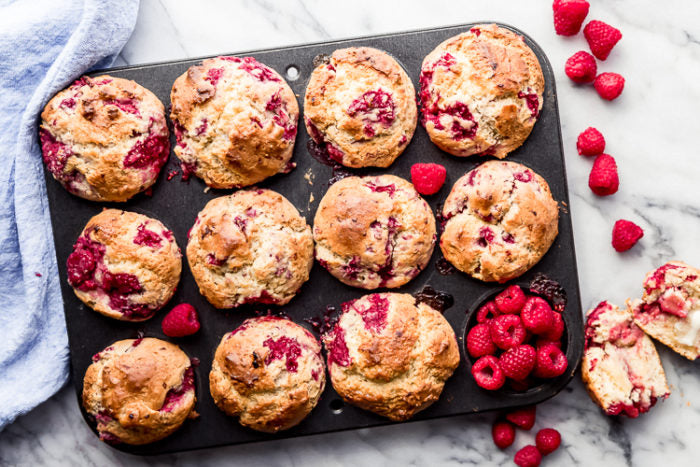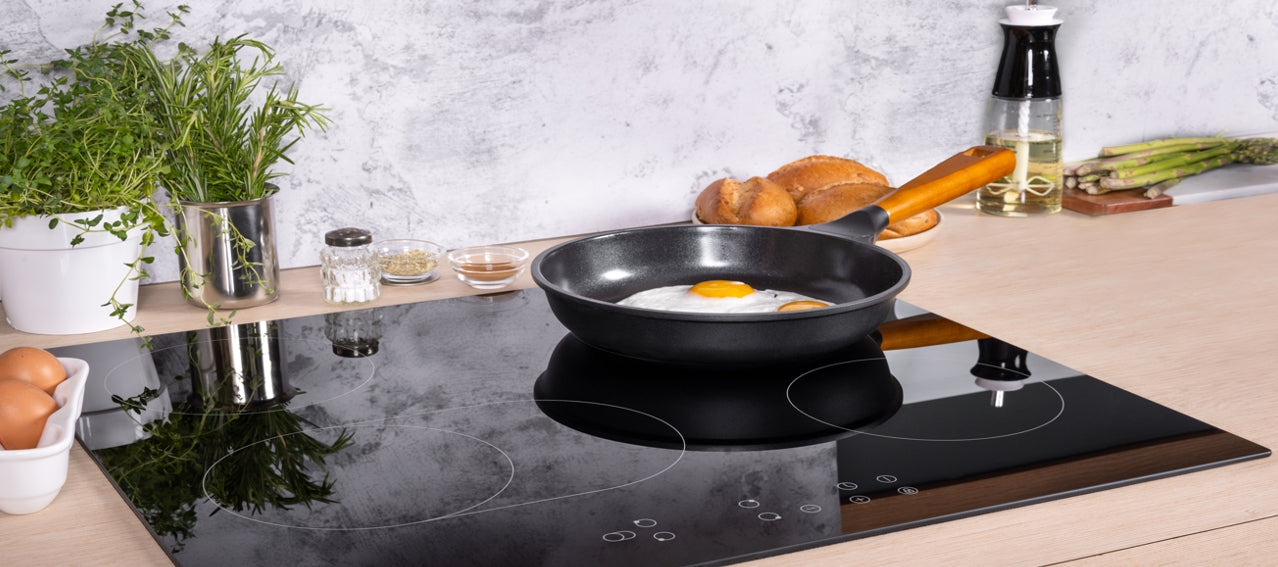For those in the culinary world, the Griswold cast iron muffin pan history is more than just a tale of cookware; it's a narrative that intertwines with the evolution of American cooking itself. The journey of these pans, known for their durability and even heat distribution, is a testament to their enduring legacy. Kitchen professionals have long lauded Griswold cookware not just for its aesthetics but also for its practicality in professional kitchens.
The Griswold Manufacturing Company, founded in 1865 in Erie, Pennsylvania, quickly became a household name in the late 19th and early 20th centuries. Their cast iron products, especially the muffin pans, were celebrated for their high quality and craftsmanship. For chefs and home cooks alike, owning a Griswold was a mark of culinary prestige. The antique cast iron markings on these pans tell a story of a bygone era when cooking was both an art and a necessity.

The Rise of Griswold in the Cookware World
Founded by Matthew Griswold and his cousins, the Griswold Manufacturing Company initially focused on hinges and other metal products. However, recognizing the burgeoning demand for quality cookware, they shifted focus. By the late 1800s, their cast iron muffin pans were gracing kitchens across America. These pans were revolutionary not just for their design but also for the consistency they brought to baking.
Kitchen professionals appreciated the even heat distribution offered by Griswold pans. This attribute was particularly crucial for baking, where temperature consistency can make or break a recipe. The best recipes for cast iron muffins often call for such precision, making these pans a favored choice among chefs.
Design and Craftsmanship: The Griswold Difference
One of the standout features of Griswold muffin pans was their impeccable design. Unlike other pans of the era, Griswolds were lighter, making them easier to handle. Their smooth finish ensured that food did not stick, a boon for bakers who relied on the perfect release of their baked goods.
The company also innovated with different shapes and sizes, catering to varied culinary needs. Whether it was for mini muffins or larger ones, Griswold had a pan for every requirement. This versatility further solidified their reputation among kitchen professionals.
For those interested in identifying these vintage pieces today, identifying cast iron makers offers insights into the distinct markings and features that define Griswold pans.
The Decline and Resurgence of Griswold
Despite its initial success, the mid-20th century saw a decline in the popularity of cast iron cookware. The advent of new materials and changing consumer preferences led to a dip in sales for companies like Griswold. By the 1950s, the Griswold Manufacturing Company was sold, marking the end of an era.
However, as with many vintage items, Griswold pans have seen a resurgence in recent years. Kitchen professionals and enthusiasts appreciate the heritage and quality these pans offer. Collectors and chefs alike scour flea markets and online platforms to find authentic Griswold pieces, often at a premium price.
For those keen on understanding the intricacies of these pans, Wagner cast iron pans offer a comparative study, shedding light on what makes Griswold stand out.
Griswold in Today's Kitchens
Today's kitchen professionals find value in the timeless quality of Griswold pans. In an era where sustainability is paramount, the longevity of these pans is a significant advantage. Unlike modern non-stick pans that wear out over time, a well-maintained Griswold can last generations.
Moreover, the unique properties of cast iron, combined with Griswolds craftsmanship, mean that these pans are versatile. They can transition seamlessly from stovetop to oven, accommodating a range of cooking techniques. This adaptability is particularly beneficial in professional kitchens where efficiency and multi-functionality are prized.
For creative culinary ideas, exploring clever uses for muffin tins can inspire chefs to maximize the potential of their Griswold pans.
Preserving the Legacy: Caring for Griswold Pans
For those lucky enough to own a Griswold muffin pan, proper care is essential to preserve its legacy. Seasoning, a process of applying oil and heating the pan, is crucial to maintain its non-stick properties. Regular cleaning and avoiding harsh detergents will ensure that the pan remains in top condition.
In the world of culinary arts, where trends come and go, the Griswold cast iron muffin pan history remains a constant reminder of quality craftsmanship and culinary heritage. As kitchen professionals continue to embrace the past, the legacy of Griswold pans will undoubtedly continue to thrive.

FAQ
Q: What makes Griswold cast iron muffin pans unique?
A: Griswold pans are renowned for their even heat distribution, lightweight design, and smooth finish, making them a favorite among kitchen professionals.
Q: How can I identify an authentic Griswold cast iron muffin pan?
A: Authentic Griswold pans often have distinct markings. For detailed insights, check out resources on antique cast iron markings.
Q: Are Griswold pans still manufactured today?
A: No, the original Griswold Manufacturing Company ceased operations in the mid-20th century. However, their vintage pans remain highly sought after by collectors and culinary professionals.
This article contains affiliate links. We may earn a commission at no extra cost to you.






Leave a comment
This site is protected by hCaptcha and the hCaptcha Privacy Policy and Terms of Service apply.